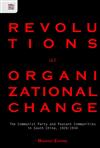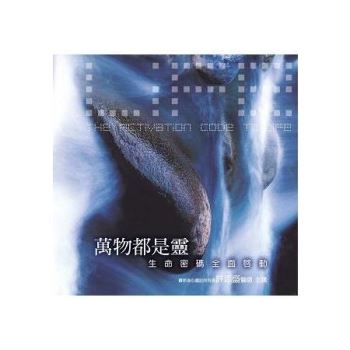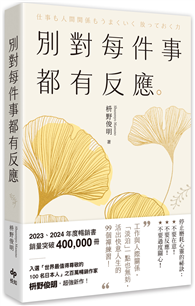| FindBook |
|
有 1 項符合
Baohui的圖書 |
 |
$ 1356 ~ 1596 | Revolutions as Organizational Change:The Communist Party and Peasant Communities in South China, 1926–1934
作者:Baohui Zhang 出版社:香港大學出版社 出版日期:2015-10-19 語言:繁體書  共 3 筆 → 查價格、看圖書介紹 共 3 筆 → 查價格、看圖書介紹
|
|
|
By comparing peasant revolutions in Hunan and Jiangxi between 1926 and 1934, Revolutions as Organizational Change offers a new organizational perspective on peasant revolutions. Utilizing newly available historical materials in the People’s Republic of China in the reform era, it challenges the established view that the great Chinese revolution of the twentieth century was a revolution “made” by the Chinese Communist Party (the CCP).
The book begins with a puzzle presented by the two peasant revolutions. While outside mobilization by the CCP was largely absent in Hunan, peasant revolutionary behaviors were spontaneous and radical. In Jiangxi, however, despite intense mobilization by the CCP, peasants remained passive and conservative. This study seeks to resolve the puzzle by examining the roles of communal cooperative institutions in the making of peasant revolutions. Historically, peasant communities in many parts of the world were regulated by powerful cooperative institutions to confront environmental challenges. This book argues that different communal organizational principles affect peasants’ perceptions of the legitimacy of their communal orders. Agrarian rebellions can be caused by peasants’ attempts to restructure unjust and illegitimate communal organizational orders, while legitimate communal organizational orders can powerfully constrain the mobilization by outside revolutionary agents such as the CCP.
作者簡介:
Baohui Zhang is professor of political science at Lingnan University, Hong Kong. He received his PhD from the University of Texas in Austin. His research interests include political change, Sino-US relations, and international relations of the Asia Pacific.
- 作者: Baohui Zhang
- 出版社: 香港大學出版社 出版日期:2015-10-19 ISBN/ISSN:9789888208395
- 語言:英文 裝訂方式:平裝 頁數:200頁
- 類別: 中文書> 社會科學> 社會
|





![塔木德:猶太人的致富聖經[修訂版]:1000多年來帶領猶太人快速累積財富的神祕經典 塔木德:猶太人的致富聖經[修訂版]:1000多年來帶領猶太人快速累積財富的神祕經典](https://media.taaze.tw/showLargeImage.html?sc=11100697818)




